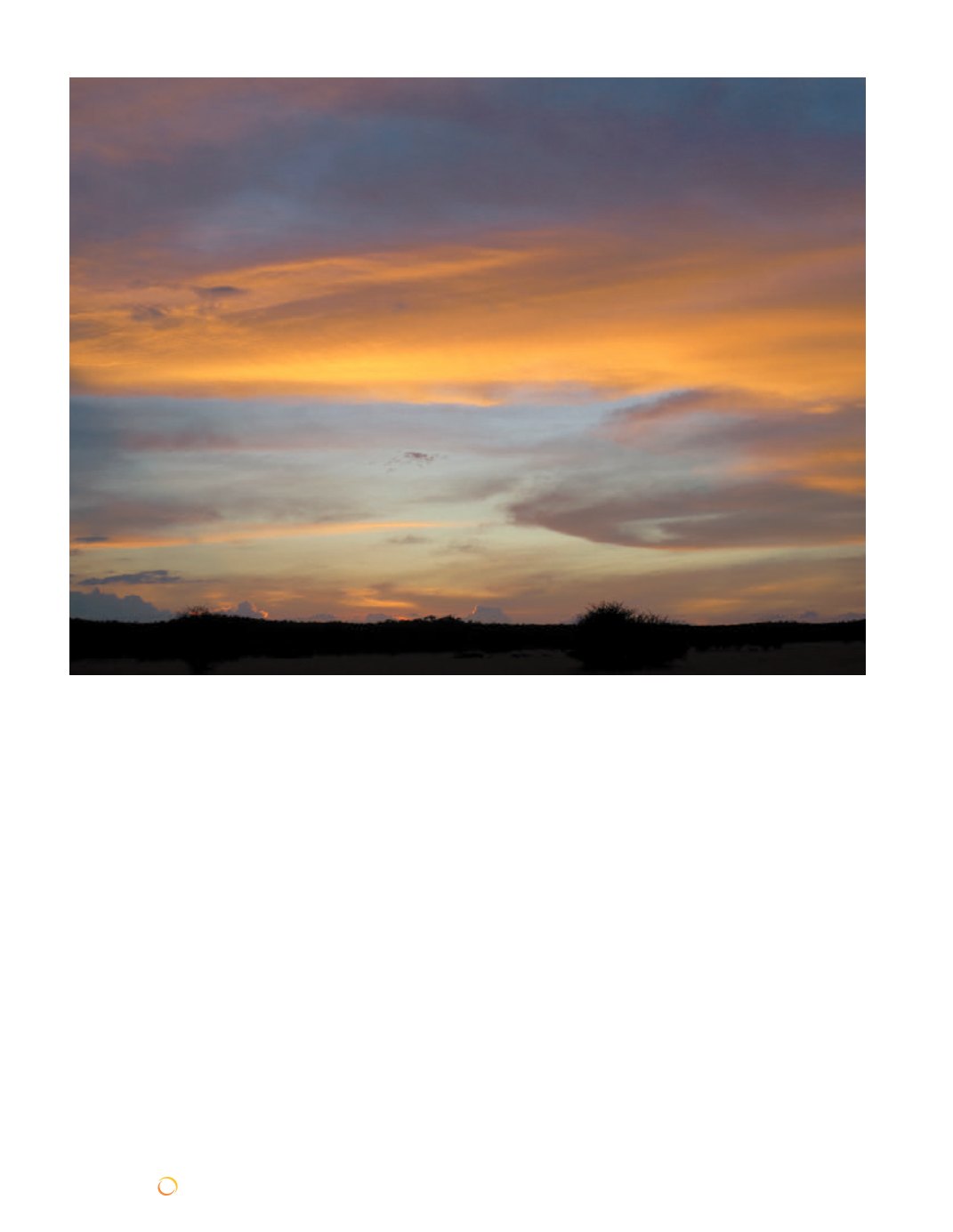
34 | SUNRAYS
JULY 2013
ONLINE:
SCTXCA.ORG
In spite of the heat and rainfall that
may only amount to two-tenths of an
inch a year, an amazing variety of
wildlife—springbok and oryx, in ad-
dition to many birds—have adapted
to life here.
Small planes flew us to our next loca-
tion on the Skeleton Coast, so called
because fog, storms, treacherous
currents and the lack of safe harbors
have caused at least 1,000 shipwrecks
along these beaches, many of which
can still be seen from the shore, the
waves crashing over their forlorn
decks. Swakopmund was our base for
an excursion to a fur seal colony dur-
ing birthing season, and a Thanksgiv-
ing Day cruise on Walvis Bay to see
flamingos, dolphins, pelicans, and a
few friendly seals that even came into
the boat for fish treats.
Another small plane took us inland
to Damaraland, known for its desert-
adapted elephants, which have longer
legs and smaller bodies than other
elephants. An afternoon drive up a
dry creek bed in open-air Land Rovers
brought us to a group of 12, some of
which were babies. We followed them
for a while as they browsed on the
desiccated shrubbery and trees. Later,
we visited Twyfelfontein, designated
a World Heritage Site for its more
than 2,500 rock carvings depicting
animals, tracks, and where to find
water. Some of the animals depicted
(penguins!) are no longer found in
this area.
Back in a small plane, we flew east
and north to Etosha National Park,
established in 1907, and for 60 years
the largest game park in the world.
Its size was reduced by 75 percent in
1967, but it is still the third largest in
the world, and about the size of Swit-
zerland. If big game is a draw for you,
this is the place to see it: lions, rhino,
kudu, springbok, jackals, hyena, wil-
debeest, giraffe, zebra, ostrich and
more are easy to spot here, often close
enough for great pictures without ex-
pensive camera lenses.
My best memories of our trip to Na-
mibia are hard to narrow down, but
here are a few: sipping a gin and
tonic while watching a desert sunset
flame to its rest; watching the morn-
ing shadows play across giant red
dunes; holding my breath as a flock
of vividly pink and black flamingos
takes flight in the bay before me;
finding a surprise picnic lunch set
for us under a 1,000-year-old acacia
tree; seeing rhinos—almost extinct
through poaching in many African
countries—browse with their babies in
the brush; catching lions catnapping;
Continued from the previous page


